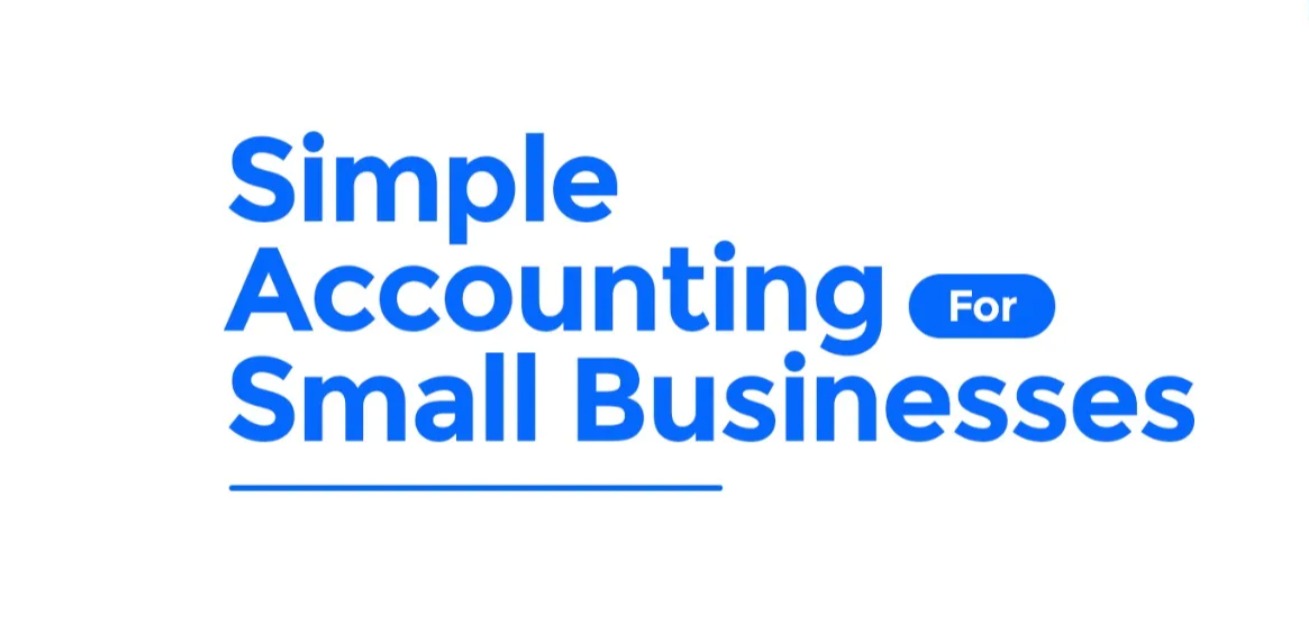
Debt is when someone borrows money and promises to pay it back later. Countries also borrow money, but the way this works can be very different depending on the country. Let’s look at the United States, one of the richest countries in the world, and many African countries to see how their debt works differently.
The United States owes a lot of money—over $33 trillion! That’s a huge amount, but it’s not as scary as it sounds. The U.S. can borrow more money whenever it wants because the world trusts it to pay back its debt. Many countries, like China and Japan, lend money to the U.S. because they believe the U.S. is safe to trust. They know the U.S. will pay them back one way or another.
Now let’s think about African countries. They also borrow money to build things like roads, schools, and hospitals. But these countries don’t have the same trust from the world.
For example, Zambia couldn’t pay back its debt in 2020. This is like a shopkeeper borrowing money to grow their business but not earning enough to repay the loan. The lenders might stop trusting them and refuse to lend again. This makes it very hard for these countries to get more money in the future.
One big difference is how the borrowed money is used and paid back. The U.S. can borrow money to pay for many things, like building highways or helping its people buy food and get healthcare. And because the U.S. controls its own money (the dollar), it can always print more dollars if needed to pay off debt.
African countries often borrow money in foreign currencies, like dollars or euros. This becomes a big problem if their own money loses value. Imagine if the price of food in your local market suddenly doubled because your country’s money became weaker—this is what some African countries face when repaying debt.
Corruption also makes things worse for many African countries. Sometimes, the money borrowed to build schools or hospitals doesn’t get used properly. Instead, it goes into the pockets of dishonest officials or is wasted on fake projects.
This leaves countries with big debts but without the things that would help them earn money to pay it back. For example, Nigeria loses a lot of money every year to corruption, money that could have helped reduce its need to borrow more.
Let’s look at Ghana. In 2022, Ghana’s money (the cedi) lost almost half its value compared to the U.S. dollar. This made it very expensive for Ghana to repay loans it had taken in dollars. Nigeria, even though it is rich in oil, spends most of its income paying back loans instead of using it to improve schools or hospitals. Corruption takes away even more of the money, making it harder for these countries to escape debt.
Debt isn’t always bad. It’s like borrowing money to buy tools that help you earn more income. For countries, borrowing can help them grow their economies. But the key is how they manage the money. The U.S. has tools like the Federal Reserve, which helps keep its economy stable. Most African countries don’t have such tools and often depend on help from other countries or organizations like the International Monetary Fund.
So, while the U.S. and African countries both borrow money, the U.S. has more advantages. It makes many of the rules and has more options to succeed. African countries, on the other hand, have fewer choices and must follow rules they didn’t create. Corruption makes things even harder for them. Understanding these differences helps us see why debt works so differently for each one.
AUTHOR: Abidemi Adebamiwa
Articles published in our Graffiti section are strictly the opinion of the writers and do not represent the views of Ripples Nigeria or its editorial stand.
The post OPINION… DEBT WARS: How the US wins and Africa struggles appeared first on Latest Nigeria News | Top Stories from Ripples Nigeria.

.png) 2 hours ago
2
2 hours ago
2








.png)









 English (US) ·
English (US) ·